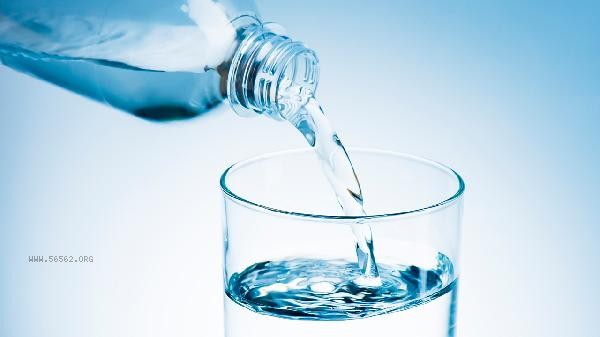The desalination of seawater by electrodialysis is mainly achieved through selective permeation of ion exchange membranes and electric field driving. The core principles involve three mechanisms: direct current electric field action, selective migration of anions and cations, and separation of concentrated and fresh water chambers. The main equipment includes ion exchange membranes, electrodes, separators, and direct current power supplies.

1. Electric field drive:
The DC power supply establishes a potential difference between the anode and cathode, forming an electric field with a strength of about 1-2V/pair. Charged ions migrate directionally under the action of an electric field, with cations moving towards the cathode and anions moving towards the anode. The migration rate is influenced by the hydration radius of ions and the surface charge of the membrane. The actual working voltage of each pair of membranes is usually controlled within the range of 0.8-1.5V.
2. Membrane selective permeation:
cation exchange membranes only allow cations to pass through, while anion exchange membranes only allow anions to penetrate. The fixed charge groups on the membrane surface generate a Dao Nan potential, which repels ions of the same number. In actual operation, the membrane selectivity can reach 90% -98%, but high valence ions such as magnesium ions are prone to membrane fouling.
3. concentration and dilution separation:

The alternating arrangement of yin-yang membranes forms a concentrated water chamber and a fresh water chamber. When seawater flows through the freshwater chamber, ions pass through the membrane and enter the adjacent concentrated water chamber to achieve desalination. A typical system contains 200-600 pairs of membranes, with a desalination rate of 80% -95% and an energy consumption of approximately 3-8kWh/m ³.
4. Electrode reaction:
The cathode undergoes a reduction reaction to produce hydrogen gas and hydroxide ions, while the anode undergoes an oxidation reaction to produce oxygen gas and hydrogen ions. The electrode material is often titanium plated with platinum or graphite, and the electrode chamber needs to be regularly acid washed to remove precipitates. Each ton of fresh water consumes approximately 0.5-1.5kg of electrode material.
5. System optimization:
Adopting reverse polarity operation can delay scaling, with a frequency of usually 2-4 hours per time. Optimize the flow channel design to maintain a flow rate of 5-20cm/s and control the pressure loss within 0.1-0.3MPa. The new homogeneous film reduces energy consumption by 15% -20% and extends the lifespan of the anti fouling film to 5-7 years.

In actual operation, it is necessary to control the inlet water turbidity to be less than 1NTU and maintain membrane performance through regular chemical cleaning. Pre treatment often uses a combination of multi-media filtration and microfiltration, while post-treatment can add minerals to regulate water quality. The system recovery rate is designed to be between 50% and 70%, and when combined with reverse osmosis, it can be increased to 90%. During maintenance, focus on monitoring changes in membrane stack resistance, pressure difference, and pH fluctuations. Abnormal data indicates the need for shutdown and maintenance. Operators should wear protective equipment to handle strong acid and alkali solutions in the electrode area, and waste concentrated salt water should be discharged in compliance with standards.








Comments (0)
Leave a Comment
No comments yet
Be the first to share your thoughts!